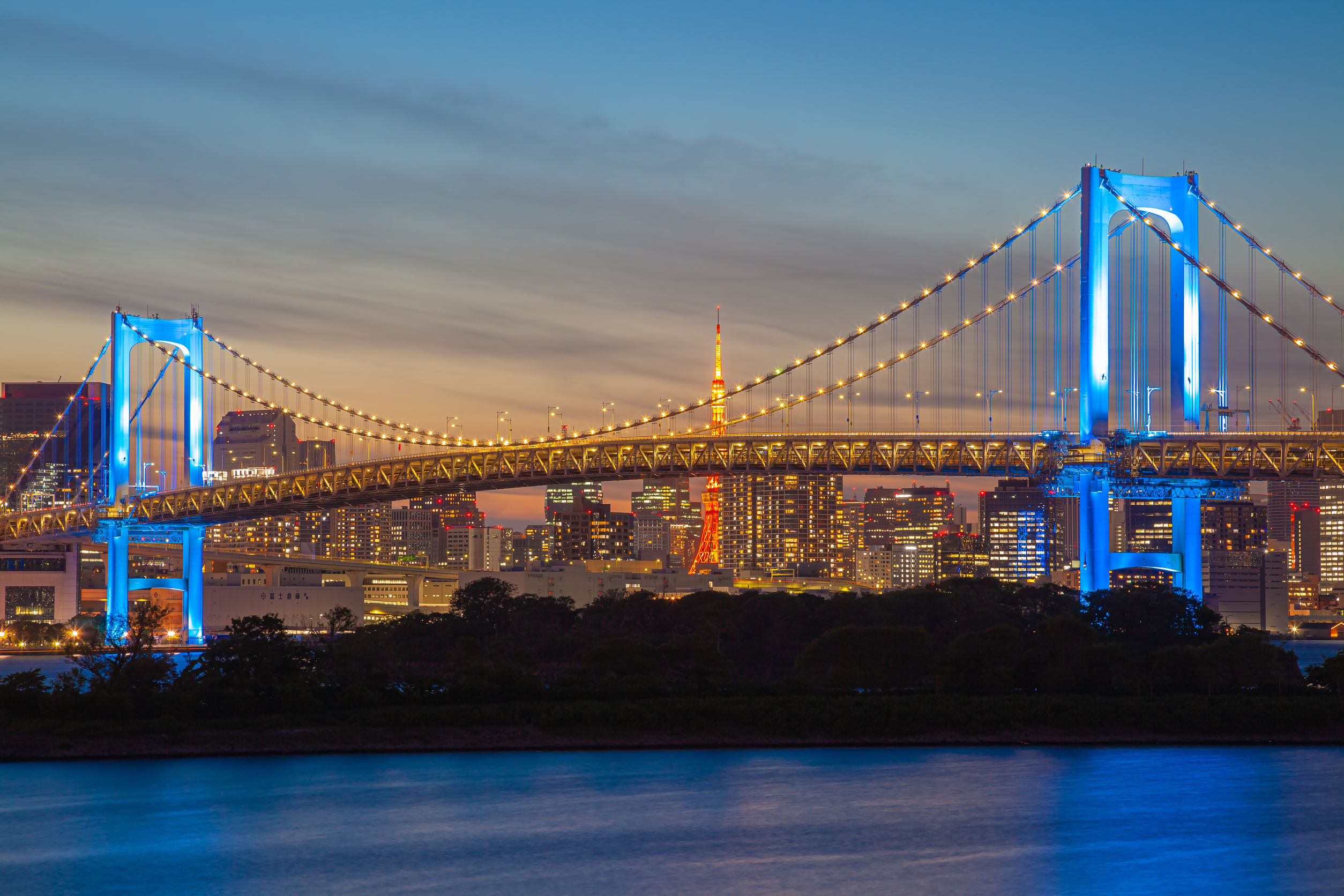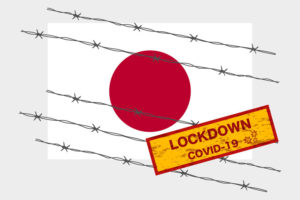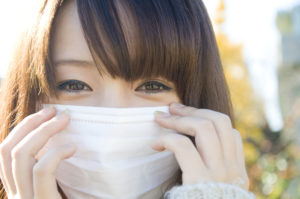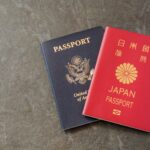Why Japan has few cases of COVID-19

Why does Japan have few cases of COVID-19?
Why is Japan’s coronavirus death toll so low?
Japan declared a state of emergency in the first week of April. This state of emergency ended in all parts of the nation on May 25. WHO Director, General Tedros, called Japan’s efforts in stemming the spread of COVID-19 a “success.” At the peak of the outbreak, there were about 700 new cases a day nationwide, with about 200 new cases a day in Tokyo Prefecture alone. While Director Tedros called Japan’s battle against the epidemic a success, the reason for this success is unknown.
The pandemic caused significantly fewer deaths in Japan as compared to North America and Europe. While the death rate per a population of 100,000 in the UK, Italy and Spain was over 50, the rate in Japan was 0.5.
That said, Japan’s death rate is not low compared to those of New Zealand, Australia, or other Eastern Asian countries such as Taiwan and Korea.
What do overseas media say about this?
Foreign Policy magazine in the US reported that despite an indifferent lock-down and poor CPR testing, everything is going in the right direction. The Australian Broadcasting Corporation (ABC) said that crowded public transportation, a non-mandatory state of emergency and the high number of individuals in Japan’s aged population created “a recipe for catastrophe” and said that the fact that Japan has had few coronavirus deaths is a “puzzling mystery”.
State of emergency in Japan:
Under the state of emergency in Japan, people are only requested to refrain from going outside. Most shops are asked to close; however, this is not mandatory and there is no penalty for not complying with the request. People are *voluntarily* refraining from going out and shops are voluntarily refraining from doing business. Japanese people call it “jishuku”, which means self-restraint or voluntary restraint. In a sense, Japan is a country where people live by certain unwritten rules; most people try to abide by these rules even if there is no penalty for breaking them.

Factor X – Speculations as to why Japan has had only a few cases of COVID-19 and a low death toll.
It can only be speculated as to why Japan has had so many fewer cases of COVID-19—and, in particular, deaths—compared to Europe and North America. Some people started calling this “Factor X”.
- Japanese people are highly conscious of hygiene. The Japanese customarily wear masks and do not follow customs like shaking hands or hugging. Japanese people normally use chopsticks or silverware when eating, which means that there is less of a chance that their food will come into direct contact with their hands. In addition, the Japanese follow the custom of taking off their shoes once they enter their homes. In fact, it has been reported that, in America, coronavirus was found on samples taken from the bottoms of the shoes of medical workers.

- BCG vaccine. BCG Vaccination is mandatory in Japan. BCG is a vaccination for tuberculosis. It has been found that there are fewer cases of COVID-19, and that the death rates are significantly lower, in countries where BCG vaccination is mandatory. The possibility exists that this vaccine prevents COVID-19 from becoming more severe. The WHO says that there is no evidence of how the BCG vaccine works against COVID-19 and the organization does not recommend obtaining this vaccination for the sole purpose of preventing COVID-19.

- Genetic factors. Sometimes, a disease that spreads among a certain ethnic group does not spread among another ethnic group. Presently, researchers from 8 institutes, including Keio University, are researching this. According to a researcher, the genomic location of an individual can make a difference in that person’s immunity to viruses.
- Genome sequence of COVID-19 spread in Japan is different from the ones in the U.S.A. or Europe.
It seems that there are many reasons why Japan has fewer cases of COVID-19 and why its death rate is low.
Some other points:
There was a significant *decrease* in the number of deaths (not the number of deaths caused by coronavirus) in Japan during the period of January to March 2020 as compared to 2019. The death rate decreased by 0.7%. With the increase in the gradually aging population, the number of deaths in Japan has been increasing every year—but this year, the trend is the opposite. This is because of the efforts made to stop COVID-19. If this trend continues for the rest of the year, Japan will have a lower death toll, amounting to a decrease of more than 31,000 as compared to 2019.
Updated on Dec 17: As of December 17 there has been 2623 cases of death in Japan. The number is increasing, however, it is comparatively low compared with other major countries with large populations.












